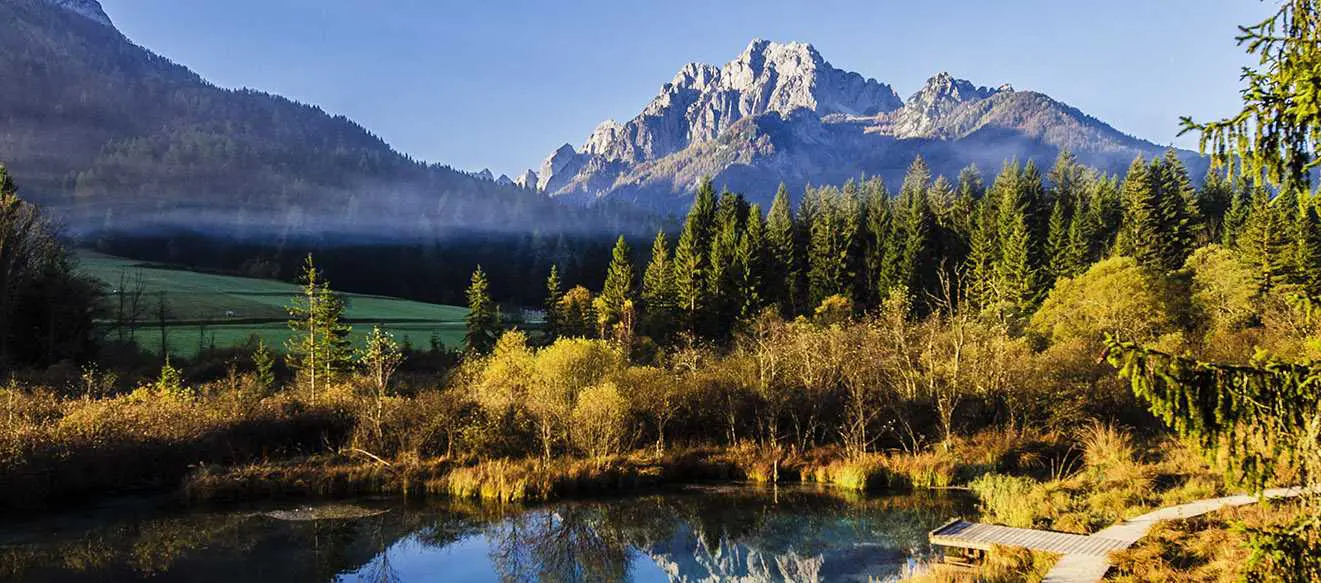The Ivory Burning Site Monument is a poignant symbol of conservation located within Nairobi National Park, near the Langata Road gate. This historic site marks where monumental actions were taken against the illegal ivory trade.
It was at the Ivory Burning Site Monument that Kenyan
presidents—Daniel Arap Moi in 1989 and Uhuru Kenyatta in 2016—burned massive
stockpiles of ivory to signal a staunch opposition to poaching and ivory
trafficking.
The site not only offers scenic views of the park's eastern
plains but also serves as a stark reminder of the ongoing battle for wildlife
conservation and the global efforts needed to protect these majestic creatures.
Historical Context
Key Events at the Ivory Burning Site Monument
- 1989
Ivory Burn: Initiated by President Daniel arap Moi, 12 tonnes or 12
metric tons of seized ivory were dramatically burned to combat poaching
and send a global anti-poaching message.
- 2016
Ivory Burn: Echoing the actions of his predecessor, President Uhuru
Kenyatta burned approximately 100 tonnes (approximately 220,462 pounds)
of ivory at the same site, reinforcing Kenya's serious stance against the
ivory trade.
Impact and Global Significance
- Conservation
Awareness: These burnings served as pivotal moments in global wildlife
conservation, dramatically raising awareness about the ivory trade's
impact on elephant populations.
- International
Reactions: The events drew international attention and support for
anti-poaching efforts, highlighting the need for worldwide cooperation in
wildlife protection.
The Monument
The Ivory Burning Site Monument is a thoughtfully designed
structure that stands as a testament to Kenya's dedication to ending the ivory
trade.
The monument includes a commemorative plaque and an
arrangement of ashes from the burnt ivory, symbolizing the permanence of the
conservation efforts undertaken here.
Features of the Site
- Scenic
Views: The monument offers panoramic views of Nairobi National Park’s
eastern plains, providing a breathtaking backdrop for visitors.
- Visitor
Amenities: Equipped with picnic benches and restrooms, the site
ensures a comfortable visit for tourists and locals alike, making it a
perfect spot for reflection and education about conservation.
Location and Accessibility
The Ivory Burning Site Monument is strategically located
inside Nairobi National Park, near the Langata Road gate.
This proximity makes it easily accessible for visitors
entering the park, offering a straightforward and convenient visit.
Directions and Tips
- By
Road: Access the monument by following signs from the main gate of
Nairobi National Park, a short drive from downtown Nairobi.
- Parking:
Ample parking is available near the site, making it easy for those driving
their own vehicles or coming in tour buses.
- Walking
Access: For those preferring a leisurely approach, it’s within walking
distance from the Nagolomon Reservoir, allowing visitors to enjoy a scenic
walk through parts of the park before reaching the monument.
Visiting Experience
Visitors to the Ivory Burning Site Monument can expect a
profound and educational experience, enriched by the site's historical
significance and natural beauty.
Facilities and Features
- Picnic
Areas: Equipped with benches and located in scenic surroundings, these
areas provide a peaceful spot for visitors to relax and reflect.
- Restrooms:
Clean and accessible facilities ensure comfort for all visitors during
their stay.
- Informational
Signage: Educational boards throughout the site offer insights into
the history of the ivory burnings and the ongoing efforts in elephant
conservation.
Visitor Tips
- Best
Time to Visit: Early morning or late afternoon visits are recommended
for cooler temperatures and better wildlife viewing opportunities in the
surrounding areas.
- Prepare
for the Weather: Nairobi’s weather can be unpredictable, so it’s wise
to bring sunscreen, a hat, and a raincoat, depending on the season.
- Respect the Site: As a place of conservation significance, visitors are encouraged to respect the monument by not littering and maintaining a quiet atmosphere.
